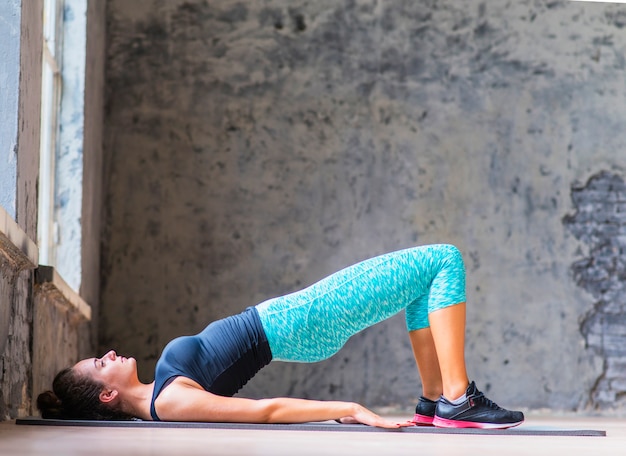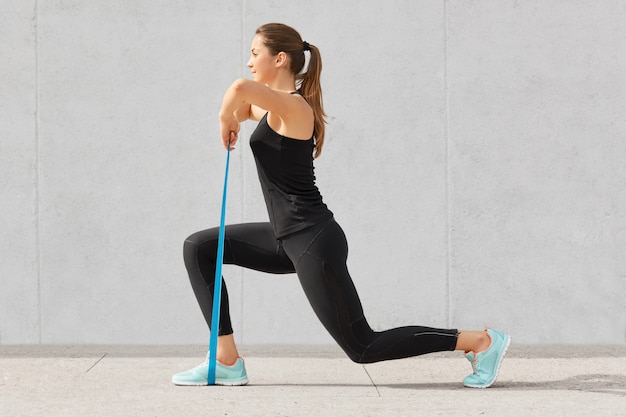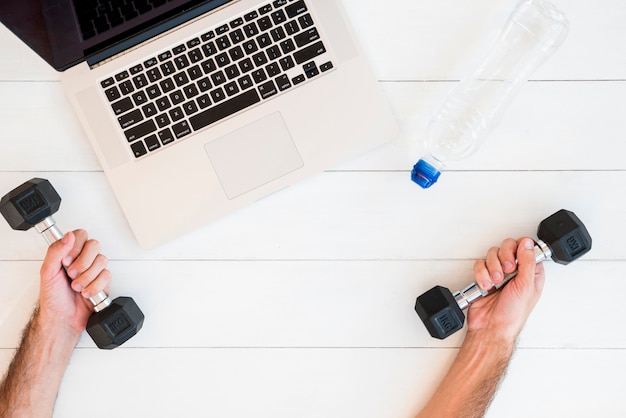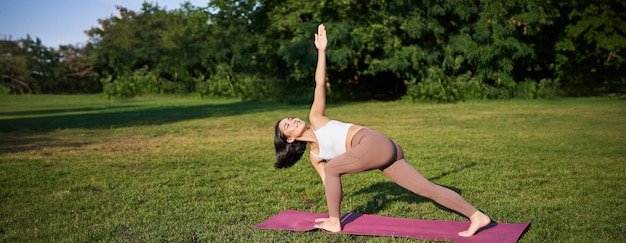Becoming a new mom is a transformative journey—physically, emotionally, and mentally. With sleepless nights, feeding schedules, and endless cuddles, finding time for fitness can feel impossible. But staying active doesn’t require long gym sessions or complicated workouts. For new moms working from home or spending hours at a desk, desk fitness offers a practical, science-backed way to regain strength, boost energy, and support postpartum recovery.
This guide shares 18 evidence-based desk fitness tips designed specifically for new moms. These short routines and simple habits fit seamlessly into your day—no special equipment or extra time needed.
Postpartum recovery involves more than just healing physically—it’s about rebuilding strength, improving mood, and restoring energy. Research shows that even light physical activity can reduce postpartum depression symptoms, improve sleep quality, and enhance cardiovascular health (Mayo Clinic, 2022). Desk fitness makes movement accessible during the early months when leaving the house or carving out dedicated workout time isn’t always feasible.
Pelvic tilts strengthen the transverse abdominis and support core recovery after childbirth. Sit upright, inhale, then exhale while gently tucking your pelvis under. Hold for 5 seconds and repeat 10 times. This subtle movement helps realign posture and engage deep core muscles.

Sedentary behavior increases the risk of blood clots and back pain. A 2021 study in the Journal of Physical Activity and Health found that taking 2-minute movement breaks every half hour improves circulation and reduces fatigue. Stand, stretch, or walk around the room briefly to reset your body.
Swapping your office chair for an exercise ball engages core muscles and improves balance. Research in Clinical Biomechanics shows that sitting on a stability ball increases trunk muscle activation by up to 30%, supporting posture and reducing lower back strain.
Place your hands on the edge of your desk, step back, and perform incline push-ups. This builds upper body strength and boosts circulation. Aim for 2 sets of 10 reps. It’s a discreet way to stay strong while baby naps.
Extend one leg at a time while seated to engage quadriceps and improve circulation. Hold for 5 seconds, lower slowly, and switch. This helps prevent leg swelling and supports muscle tone.
Deep belly breathing reduces stress hormones and supports pelvic floor recovery. Inhale deeply through your nose, letting your belly rise, then exhale slowly. Repeat for 2–3 minutes. This can be done during feeding or between tasks.
Holding a baby or hunching over a desk leads to tension. Gently roll your shoulders backward 10 times, then tilt your head side to side. These simple stretches reduce stiffness and prevent chronic pain.
While seated, lift your heels while keeping toes down, then switch. This improves ankle mobility and circulation—critical for preventing postpartum swelling and blood clots.
Keep a light resistance band in your desk drawer. Perform bicep curls, shoulder presses, or rows. These build strength without noise or space, making them ideal for quiet moments.

Kegel exercises strengthen the pelvic floor, which can be weakened during pregnancy and delivery. Tighten the muscles you’d use to stop urine flow, hold for 5 seconds, and release. Do 3 sets of 10 daily. Studies confirm they reduce urinary incontinence and improve sexual health.
Standing burns more calories than sitting and improves posture. Use phone calls as an opportunity to stand, pace, or do calf raises. This small habit adds up over time.
Stand up and sit down slowly from your chair without using your hands. This strengthens glutes and legs. Aim for 10 reps, 2–3 times a day. It’s a functional movement that supports daily activities like lifting your baby.
Keep a water bottle on your desk. Every time you finish it, walk to refill. This encourages hydration—essential for milk production—and adds natural movement.
Poor posture contributes to back and neck pain. Apps that remind you to sit up straight or take breaks can improve spinal alignment. Pair this with ergonomic setup for best results.
Carpal tunnel syndrome is common postpartum. Stretch your wrists by extending your arm and gently pulling fingers back. Hold for 15 seconds. Repeat 3 times per hand to reduce strain.
Pair movement with mindfulness. Focus on how your body feels during each stretch or exercise. This enhances mind-body connection and reduces stress, which is vital for emotional well-being.
Instead of aiming for 10,000 steps, focus on movement variety—standing, stretching, lifting, balancing. This holistic approach supports overall physical function and recovery.
Every stretch, every minute of movement counts. Acknowledge your efforts. Progress, not perfection, leads to lasting change.
Staying active as a new mom doesn’t have to be overwhelming. These 18 science-backed desk fitness tips make it possible to prioritize your health in small, meaningful ways. By integrating movement into your daily routine, you support physical recovery, mental clarity, and long-term wellness—one desk session at a time.
Always consult your healthcare provider before starting any new exercise program postpartum, especially after a cesarean or complicated delivery.

Wellness

Wellness

Wellness

Wellness

Wellness

Wellness

Fitness

Wellness

Fitness

Wellness

Wellness

Wellness

Health

Fitness

Health

Health